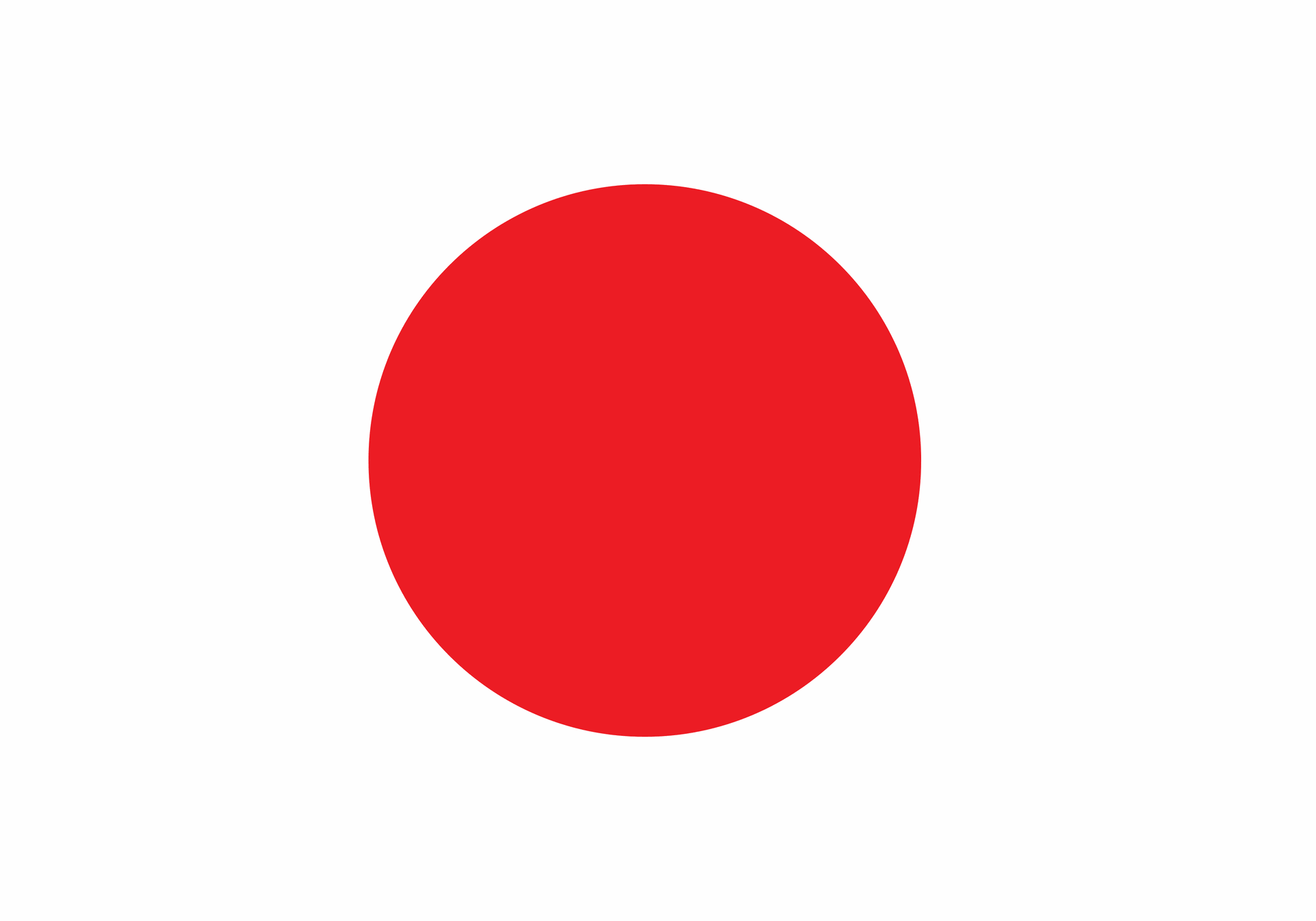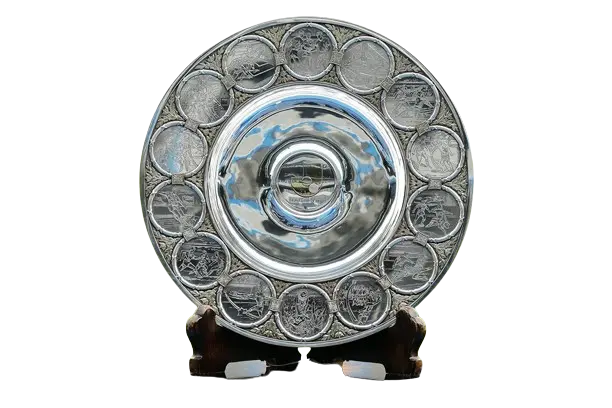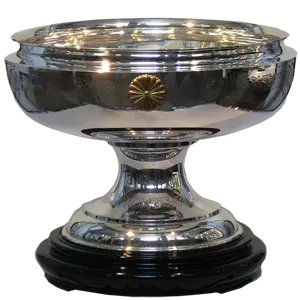Kunishige Kamamoto
Kunishige Kamamoto has arguably one of the craziest careers in history. And he is also surely the best Japanese player of all time.

Trophies
Games
Goals
1967/84 Yanmar Diesel (JAP) 311 matches, 262 goals
(Japanese Championship: 251 matches, 202 goals)
(Japan Cup: 48 matches, 51 goals)
(JSL Cup: 12 matches, 9 goals)
With the National Team :
76 caps, 75 goals
(Friendly matches: 17 caps, 16 goals)
(World Cup Qualification: 6 caps, 2 goals)
(Asian Games: 16 caps, 12 goals)
(Olympic Games qualification: 14 caps, 19 goals)
(Merdeka Cup: 18 caps, 22 goals)
(Japan-Korea Cup: 5 caps, 4 goals)
1st selection: March 3, 1964 against Singapore (2-1)
Last selection: June 15, 1977 against South Korea (1-2)
B: 6 caps, 4 goals
Olympic Games: 6 caps, 7 goals*
* Recognized as A selection by the Japanese federation
U23 team: 9 caps, 5 goals

Kunishige Kamamoto
釜本邦茂
Born April 15, 1944 in Kyoto (JAP)
Japanese, Striker, 1m79
Student and best player in the country
While still a student at Waseda University, he finished top scorer in the Kanto University League 4 times. But it doesn't stop there, since the player is just way too strong. Capable of scoring solo goals, sending remote-controlled missiles into the top corner or even performing a chest check followed by a volley, he quickly became an attraction in Japanese football.
His story begins in 1944 when he was born in the Uzumasa district of Kyoto, his childhood playground was the area around the famous Koryuji temple. Baseball was Kamamoto and his friends' sport, and his goal was to join the baseball team as soon as he entered middle school. But it was during his elementary school years that the young boy changed his mind after his older sister's head instructor told him, "In baseball, the only place to go is the United States." United. But if you play football, you can go anywhere in the world and compete in the Olympics."
The young boy already takes things seriously despite his young age, in his bathtub, he quickly kicks his legs to strengthen his muscles. But he also became aware of the importance of game vision, he worked on this by counting the number of passengers on the platforms when the trains passed at high speed. Last interesting fact of his training, when he was out in town, he had fun dodging pedestrians who were coming in the opposite direction.
With such rigor, he demands of himself to always be better and formidable in finishing. During his time at Yamashiro High School in Kyoto, he led the team to the National Games title and a second-place finish at the National High School Championship, making Kamamoto known throughout the country as a goal-scoring machine.
A strict and modern work ethic
Due to his exceptional performances, Kunishige Kamamoto joined Waseda University but was also selected to participate in the Tokyo Olympic Games in 1964, even though he was only 20 years old and had not yet experienced adult football. During this tournament, he met a man who would change his vision of the game: German coach Dettmar Cramer, who is considered the father of Japanese football. The latter will teach Kunishige how to better understand football tactically but also technically. During this period, he continued to work intensively during training and even outside.
Graduating with a degree in 1967, he decided to throw himself completely into football and joined the Yanmar Diesel team where he spent his entire career. The event that will show Kunishige to the eyes of the whole world is undoubtedly the 1968 Olympic Games where he finished top scorer of the tournament with 7 goals and won the bronze medal to everyone's surprise.
Kunishige talks about the importance of preparing physically daily and holding a strict life ethic, something that was not common in the Japanese football world at that time. Just before the Olympic Games, Kamamoto had followed a training program with the Saarbrücken club (playing in the 2nd division of West Germany), there, he met Jupp Derwall, a legendary coach of German football. With Derwall, he found out about his ideal weight, a weight that he will strive to maintain throughout his career: 76kg for 1m79.
A legendary destiny
At the time, Japan already had a good professional football league but few players established themselves abroad. Kamamoto will have had the opportunity to join European clubs, but he will ultimately never take the path to Europe. Saarbrücken notably made an offer to the player in 1968 but the player hesitated, subsequently he fell ill, more precisely he suffered from viral hepatitis which forced him to be hospitalized. Even if he leaves the hospital quickly, it will take him 3 years to fully recover his physical abilities.
When he turns 30, he will receive an offer from the North American Soccer League, during the era when players like Pelé and Beckenbauer played in this championship. But many European coaches who had seen the player evolve were convinced that Kunishige had a world-class level.
The Blue Lock Project
In 1966, Kunishige was already voted best Japanese player of the year, although remember, he was still playing in the university league. Very few players can boast of such a feat. When Kamamoto arrived in the Yanmar Diesel team, the club had just finished last in the championship but had held on to the Playoffs. The biggest teams in the country wanted the player, but he chose, in his words, to "make the weak team stronger". For him, the attacker is the centerpiece of success and also of defeats. An attacker must know how to score on each pass he receives, even in important matches. He must be a symbol of self-confidence to enhance the play of his teammates.
This is perhaps one of the greatest achievements a player has made for a club. With Kamamoto, the Yanmar Diesel club finished the 1967 Japanese League in 5th place in an 8-team championship. The following year, during 1968, Kunishige Kamamoto and his team finished in 2nd place in the championship. The player finished best Japanese player of the year for the 2nd time in his career, and also finished for the 1st time, top scorer in the championship with 14 goals in 14 matches.
The man of a club, the man of a championship
The adventure was only just beginning, in 1971, it was the peak, the Yanmar Diesel club won on Japanese soil and became champions. The club is already, only 4 years after the arrival of Kamamoto, the best club in the country. The following year the club finished in 2nd place in the championship. Then came the year 1974, Kamamoto had his best individual and collective season, he finished top scorer in the championship with 21 goals (10-team championship). He won the championship and the Japan Cup.
Kunishige Kamamoto will have dominated, no, crushed Japan under his domination and his talent. Never has a Japanese player been so gifted, so talented, so decisive. He is logically the best player in the national team as well. With the national team, he scored 75 goals in 76 official matches according to Fifa, to which we can add the 7 goals in 6 matches during the 1968 Olympic Games.
Kunishige Kamamoto is also a man of records. He finished 7 times best Japanese player of the year, best Japanese sportsman of the year 1981, 7 times top scorer in the Japanese championship, 15 times in the best XI of the Japanese championship.
Trophies :

J1 League x4
- 1971
- 1974
- 1975
- 1980

Vice-Champion J1 League x4
- 1968
- 1972
- 1978
- 1982

Japanese Cup x3
- 1968
- 1970
- 1974

Finalist Japanese Cup x5
- 1971
- 1972
- 1976
- 1977
- 1983

3rd Place Olympic Games
- 1968
JSL Cup x3
- 1973
- 1983
- 1984
Finalist JSL Cup x2
- 1977
- 1982
Individual Trophies :
- Voted Best Japanese Player of the Year in 1966, 1968, 1971, 1974, 1975, 1980 and 1981
- Voted Japanese Sportsman of the Year in 1981
- Top scorer at the 1968 Mexico Olympic Games (7 goals)
- Top scorer of the Merdeka Tournament in 1972 (11 goals)
- Top scorer in the Japanese Championship in 1968 (14 goals), 1970 (16 goals), 1971 (11 goals), 1974 (21 goals), 1975 (17 goals), 1976 (15 goals) and 1978 (15 goals) (Yanmar Diesel)
- Named to the All-Japan Championship team in 1967, 1968, 1969, 1970, 1971, 1972, 1973, 1974, 1975, 1976, 1977, 1978, 1979, 1980 and 1981
- Inducted into the Japanese Football Hall of Fame in 2005